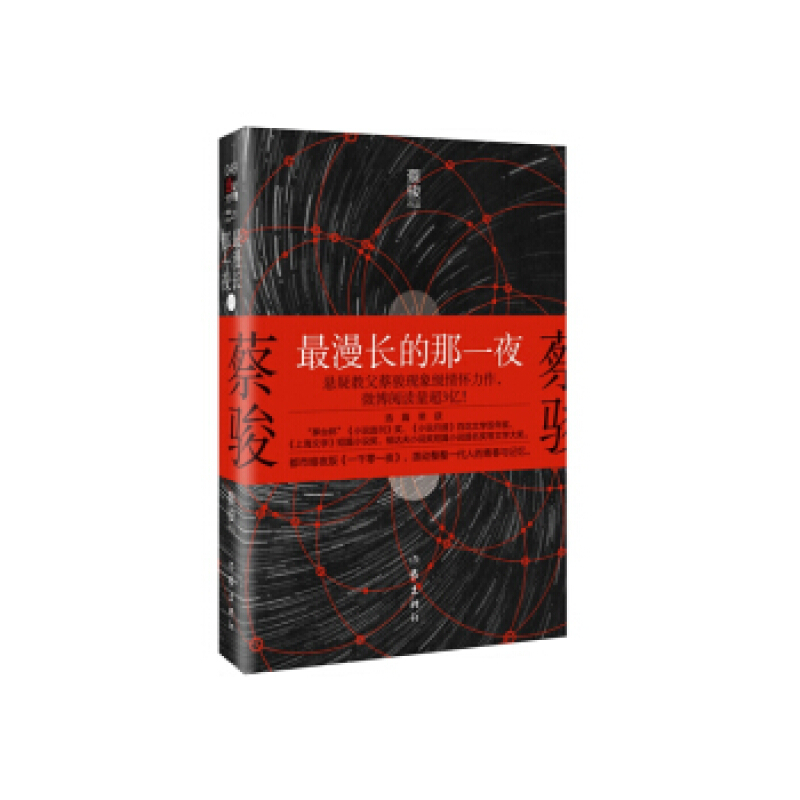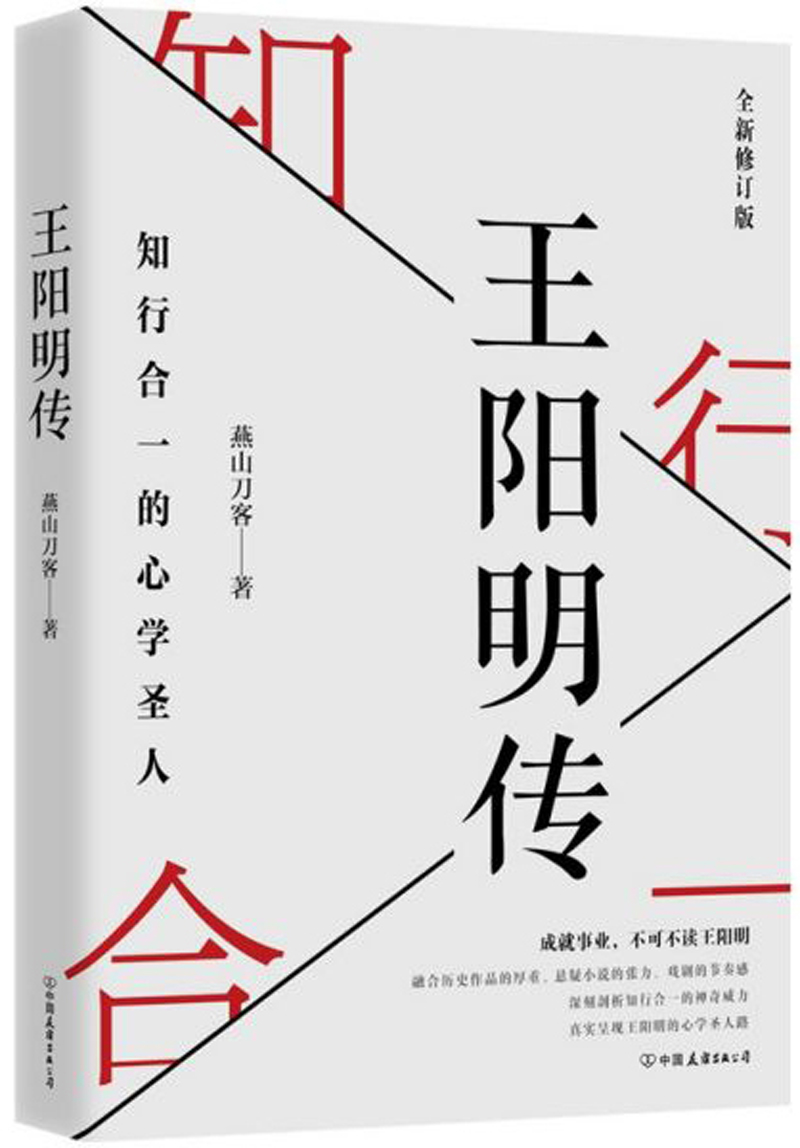 PDF下载
公众号
其他格式
PDF下载
公众号
其他格式
大小:- MB
下载:41次
数字信号处理(第2版英文版)/国外电子与通信教材系列
- ISBN:9787121309205
- 作者:张建华许...
- 印次:1
- 开本:16
- 版次:1
- 出版社:电子工业
- 出版时间:2017-02-01
- 印刷时间:2017-02-01
手机扫码免费下载
纠错留言#电子书截图
#电子书简介
基本信息
- 商品名称:数字信号处理(第2版英文版)/国外电子与通信教材系列
- 作者:(美)理查德·G.莱昂斯|改编:张建华//许晓东//孙松林
- 定价:55
- 出版社:电子工业
- ISBN号:9787121309205
其他参考信息(以实物为准)
- 出版时间:2017-02-01
- 印刷时间:2017-02-01
- 版次:1
- 印次:1
- 开本:16开
- 包装:平装
- 页数:288
- 字数:553千字
内容提要
由理查德·G.莱昂斯著的《数字信号处理(第2版英文版)/国外电子与通信教材系列》在Richard G. Lyons所著Understanding Digital Signal Processing, Second Edition的基础上进行了改编,针对通信类学校本科教学大纲,删除了教学中一般不涉及的内容,调整了章节顺序,并增加了z反变换、滤波器结构、线性相位FIR滤波器和其结构、模拟滤波器简介的内容,使教内容材*加完整。全书在概述了离散序列和系统的定义和实例之后,详细讨论了离散系统的特性、信号的离散化和离散卷积、z变换、离散时间傅里叶变换和离散傅里叶变换、快速傅里叶变换、数字滤波器结构、以及有限和无限脉冲响应数字滤波器的设计等基本概念和基本理论。书中涉及的数学知识以简明形式给出,深入浅出,易于理解。
本书每章都增加了例题、习题和MATLAB例题,以便加强对每章内容的理解和掌握。
本书可作为理工类大专院校电子、计算机、通信等专业的本科生双语教学教材,对于DSP领域的工程技术人员也有很好的参考价值。
目录
Chapter 1 Discrete Sequences and Systems
1.1 Discrete Sequences and Their Notation
1.1.1 Discrete-time Signals
1.1.2 Frequently Used Discrete Sequences
1.2 Signal Amplitude, Magnitude, Power
1.3 Signal Processing Operational Symbols
1.4 Introduction to Discrete Linear Time-Invariant Systems
1.5 Discrete Linear Systems
1.5.1 Example of a Linear System
1.5.2 Example of a Nonlinear System
1.6 Time-Invariant Systems
1.6.1 Example of a Time-Invariant System
1.7 The Commutative Property of Linear Time-Invariant Systems
1.8 The Causality Property of Linear Time-Invariant Systems
1.9 The Stability Property of Linear Time-Invariant Systems
1.10 Analyzing Linear Time-Invariant Systems
1.11 Problems
1.12 MATLAB Applications
1.12.1 Applications
1.12.2 Examples
1.12.3 Exercises
Chapter 2 Periodic Sampling
2.1 Aliasing: Signal Ambiguity in the Frequency Domain
2.2 Sampling Low-Pass Signals
2.3 A Generic Description of Discrete Convolution
2.3.1 Discrete Convolution in the Time Domain
2.3.2 The Convolution Theorem
2.3.3 Applying the Convolution Theorem
2.4 Problems
2.5 Matlab Applications
2.5.1 Applications
2.5.2 Examples
2.5.3 Exercises
Chapter 3 Z-Transform
3.1 The z-Transform
3.1.1 Poles and Zeros on the z-Plane and Stability
3.1.2 The ROC of z-Transform
3.1.3 The Properties of z-Transform
3.2 The Inverse z-Transform
3.2.1 General Expression of Inverse z-Transform
3.2.2 Inverse z-Transform by Partial-Fraction Expansion
3.3 Problems
3.4 MATLAB Applications
3.4.1 Applications
3.4.2 Examples
3.4.3 Exercises
Chapter 4 The Discrete Fourier Transform
4.1 Interpreting the DFT
4.2 Understanding the DFT Equation
4.2.1 DFT Example 1
4.3 DFT Properties
4.3.1 DFT Symmetry
4.3.2 DFT Linearity
4.3.3 DFT Magnitudes
4.3.4 DFT Frequency Axis
4.3.5 DFT Shifting Theorem
4.4 Inverse DFT
4.5 DFT Leakage
4.6 Windows
4.7 DFT Resolution, Zero Padding, and Frequency-Domain Sampling
4.8 Frequency Response
4.9 Problems
4.1 0 Matlab Applications
4.1 0.1 Applications
4.1 0.2 Examples
4.1 0.3 Exercises
Chapter 5 The Fast Fourier Transform
5.1 Relationship of the FFT to the DFT
5.2 FFT Alogrithm
5.3 Derivation of the Radix-2 FFT Algorithm
5.4 FFT Input/Output Data Index Bit Reversal
5.5 Radix-2 FFT Butterfly Structures
5.6 Efficiently Performing the FFT of Real Sequences
5.6.1 Performing Two N-Point Real FFTs
5.6.2 Performing a 2N-Point Real FFT
5.7 Discrete Convolution using FFT
5.7.1 Overlap-added
5.7.2 Overlap-saved
5.8 IFFT Algorithm
5.9 Problems
5.1 0 Matlab Applications
5.1 0.1 Applications
5.1 0.2 Examples
5.1 0.3 Exercises
Chapter 6 Filter Structure
6.1 Block Structure
6.2 Mason and Transpose Theorem
6.2.1 Mason誷 Rule
6.2.2 Transpose Theorem
6.3 Example of Filter Structures
6.3.1 IIR Filter Structure
6.3.2 FIR Direct Structure
6.3.3 FIR Cascade Structure
6.4 Problems
6.5 Matlab Applications
6.5.1 Applications
6.5.2 Examples
6.5.3 Exercises
Chapter 7 Finite Impulse Response Filters
7.1 An Introduction to Finite Impulse Response (FIR) Filters
7.2 Properties of FIR Filters
7.2.1 Convolution in FIR Filters
7.2.2 Linear phase FIR Filter
7.2.3 Linear Phase FIR Filter Structure
7.2.4 FIR Filter Poles and Zeros
7.3 Low-Pass FIR Filter Design
7.3.1 Window Design Method
7.3.2 Windows Used in FIR Filter Design
7.3.3 Examples to Design Linear Phase Low-Pass FIR Filter
7.4 Examples to Design Other Types Linear Phase FIR Filter
7.5 Problems
7.6 Matlab Exercises
7.6.1 Applications
7.6.2 Examples
7.6.3 Exercises
Chapter 8 Infinite Impulse Response Filters
8.1 An Introduction to Infinite Impulse Response Filters
8.2 The Laplace Transform
8.2.1 Poles and Zeros on the s-Plane and Stability
8.3 Analog Low-Pass Filters
8.3.1 Introduction
8.3.2 Approximation of analog filter characteristics
8.3.3 Butterworth Approximation
8.3.4 Chebyshev Approximation
8.4 Impulse Invariance IIR Filter Design Method
8.4.1 Impulse Invariance Design Method 1 Example
8.4.2 Impulse Invariance Design Method 2 Example
8.5 Bilinear Transform IIR Filter Design Method
8.5.1 Bilinear Transform Design Example
8.6 Low-Pass IIR Filter Design
8.6.1 Example of Low-Pass IIR Digital Filter Design
8.6.2 a Brief Comparison of IIR and FIR Filters
8.7 Other Types IIR Filter Design
8.8 Problems
8.9 Matlab Exercises
8.9.1 Functions of IIR D
8.9.2 Examples
8.9.3 Exercises









评论列表(0)